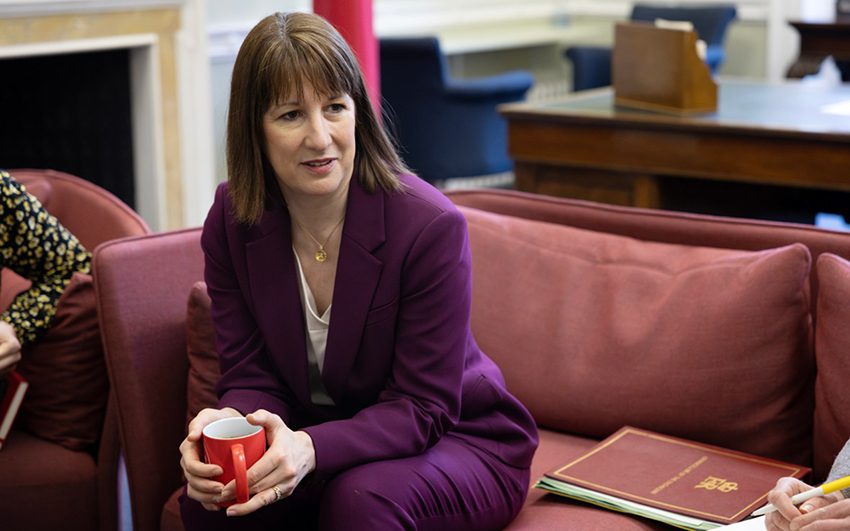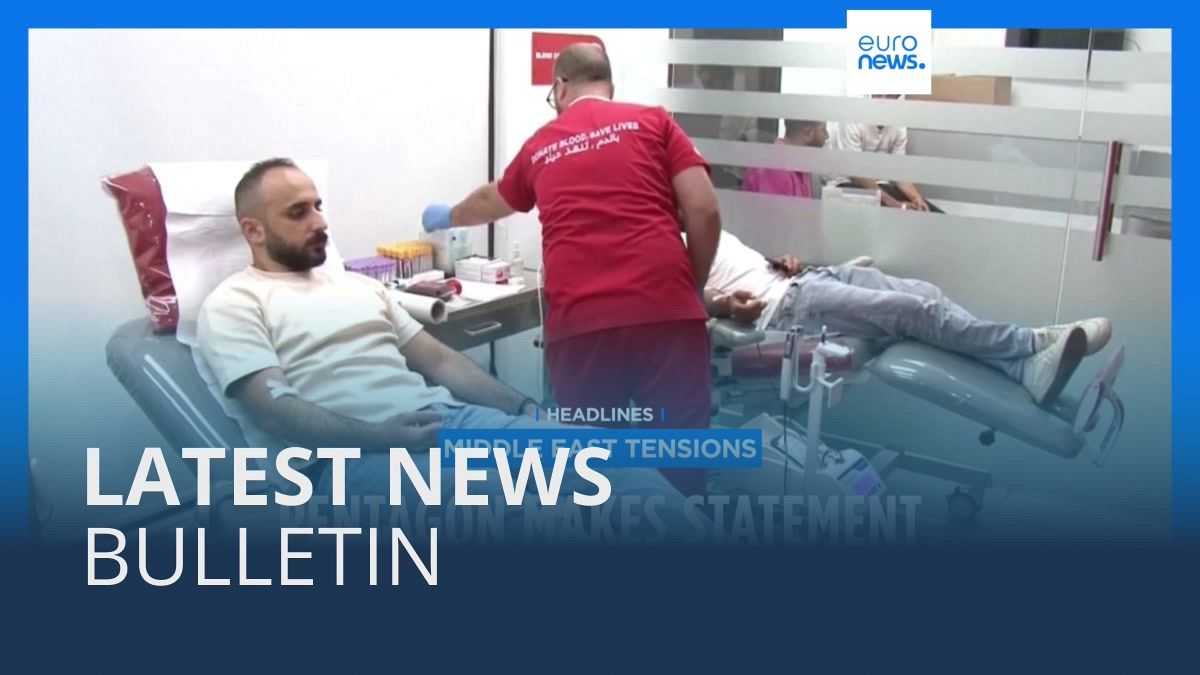ECB to cut interest rates, but keep cautious stance amid uncertainty
Inflation likely won’t return to target until late next year, a new set of economic forecasts is expected to confirm Thursday.

The European Central Bank isn’t fond of surprises, so when the Governing Council meeting starts on Wednesday evening, the only thing standing between policymakers and another cut in interest rates is dinner.
On Thursday, the ECB is universally expected to cut its key interest rate to 3.5 percent from 3.75 percent, reassured by recent data that inflation is now within reach of its 2 percent target.
“Anything other than a cut will be a big shock,” said Andrzej Szczepaniak, an economist at Nomura in London.
The risk that high interest rates will stifle the eurozone economy is getting clearer by the day. Manufacturing is in reverse, while the expected rebound in consumer spending is slow to materialize: household consumption contracted again in the second quarter by 0.1 percent.
Germany, the continent’s traditional growth engine, is reeling from the news that national champion Volkswagen could close plants in its home country for the first time ever, an emblem of deep problems with its economic model. Some of the country’s leading research institutes now say it faces a second consecutive year of recession for the first time in two decades. In France, meanwhile, national statistics agency INSEE expects GDP to shrink by 0.1 percent in the fourth quarter, after an Olympics-induced sugar rush during the summer.
But any rate cut will likely be accompanied by warnings that inflation isn’t dead yet — a new set of economic forecasts to be presented on Thursday is expected to confirm that it won’t return to target until late next year. In a speech last week, executive board member Isabel Schnabel cautioned that the low headline inflation rate — which stood at a three-year low of 2.2 percent in August, understates the challenges the Bank is still facing.
Services inflation, which has taken the longest to subside after the 2022 spike, even accelerated to 4.2 percent in August, reflecting the high price pressures exerted by wages that still persist in the sector.
“You need to see more for the ECB to be fully relaxed on inflation,” said S&P Global economist Sylvain Broyer.
He added that expectations of further cuts in the future have already helped to stabilize parts of the economy. Mortgage lending in the eurozone touched €71 billion in July, its highest point since August 2022.
“What we see now is that the housing market is recovering quicker than the usual tightening cycles have suggested,” Broyer said.
Against that backdrop, most analysts see no reason for the ECB to change the cautious, meeting-by-meeting approach it has taken this year.
“It seems to have worked really well,” said ING global head of macro Carsten Brzeski, adding wryly: “Whether this is because every single market participant was only focused on the [Federal Reserve] and didn’t care about the ECB, or because its communication was so flawless, that I don’t know.”
Some Governing Council members have argued that that approach is consistent with the ECB only taking big decisions when it updates its forecasts for growth and inflation every quarter. However, others argue that the economic deterioration requires bolder action. As such, financial markets will be on the lookout for any signs from President Christine Lagarde on Thursday that the Bank is open to cutting again immediately at next month’s policy meeting in Slovenia.
One for the connoisseurs
Thursday’s cut will be one for the connoisseurs: in addition to cutting the Deposit Facility Rate, which is the effective anchor for the rates that banks charge their customers, the ECB will also tweak the rates on its other official facilities. This will be the first step in a transition to a different way of interacting with the financial system and, by extension, the broader economy.
The ECB said back in March it will make it easier for banks to borrow one-week funds from it, by reducing the gap between the DFR and the so-called Main Refinancing Operation rate to 0.15 percentage point, from half a point today. It will also bring down the rate for emergency overnight loans to only 0.4 points above the DFR, from 0.75 points currently.
The steps are part of a long-term strategy to encourage the market to take a greater role in setting the price of short-term money, after 15 years in which it has effectively dictated conditions by providing a huge excess of liquidity. While the ECB has reduced that overhang significantly in the last year, around €3 trillion in excess funds is still sloshing around the system. The ECB is only slowly whittling this down, anxious to avoid unwittingly triggering shortages of liquidity in the more vulnerable areas of the eurozone system.
What's Your Reaction?




















































